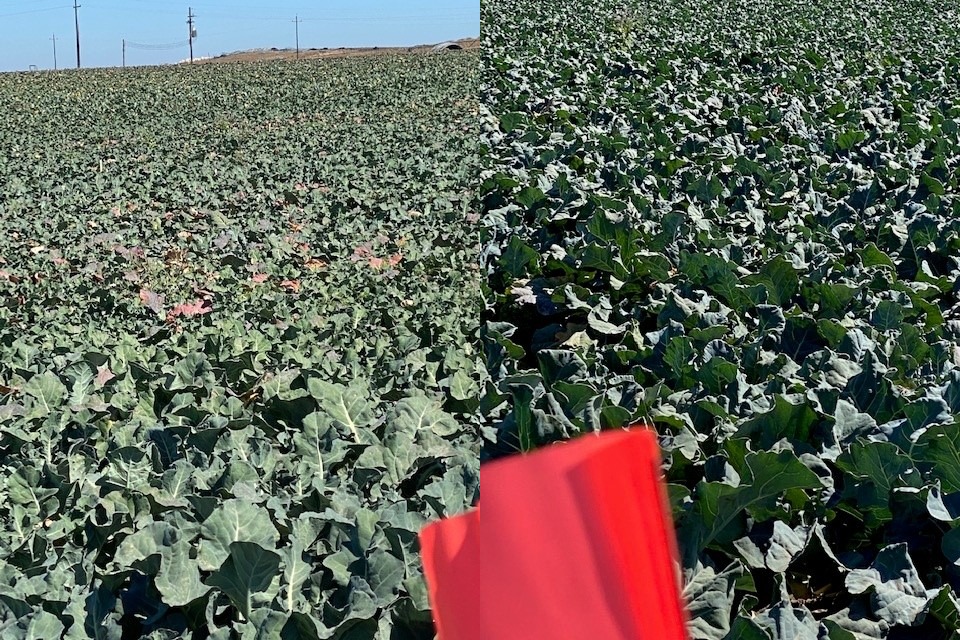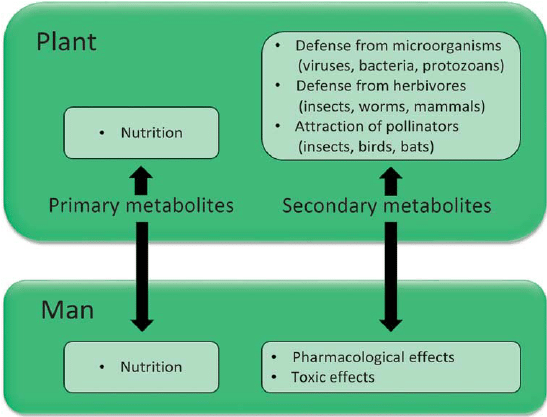
by Deac Jones | Aug 1, 2022 | News
Lignin is made up of carbon-based aromatic rings with various side chains found in the hard secondary cell walls of vascular plants. Soil organic matter (SOM) stores carbon in complex compounds like lignin, and releases carbon as CO2, primarily through microbial decomposition but also through abiotic factors.
The problem with lignin is that it takes time to break down and become useful in a soil environment or profile. In a wooden match burning, the lignocellulosic structure of the wood breaks down quickly into vapors comprised of phenols, carbon, and organic acids which are immediately lost to the atmosphere in the burning process when exposed to air.

by Deac Jones | Apr 27, 2022 | News
Pesticides encompass herbicides, insecticides and fungicides. They’re chemical compounds designed to kill, each with their own targets and modes of action. As little as 0.1 percent of an applied pesticide interacts with its targeted weed or pest. The remainder contaminates the soil, air and water and can cause significant collateral damage throughout the ecosystem. Pesticides can undercut regenerative agriculture goals by harming soil communities and altering critical biochemical processes in the soil. By disrupting soil communities, pesticides can cause significant changes in the composition, diversity and basic functioning of important soil microflora.

by Deac Jones | Mar 29, 2022 | News
As we go into our second year of drought, we need to look back at some of the lessons we learned from the 2012-2016 California drought so we can come out of this thing successfully. Droughts in California can be long and uncertain but, like all forms of disaster, preparation greatly diminishes drought losses, and organization is central to effective preparation and response.

by Deac Jones | Mar 16, 2022 | News
Urine contains many nutrients that are beneficial for plant growth, such as nitrogen, phosphorus, and potassium. Many cultures around the world have used urine for centuries as a fertilizer. Given the skyrocketing pricing for synthetic fertilizers like urea, is it time to give some real consideration to this idea?

by Deac Jones | Feb 2, 2022 | News
Plants are one of the most successful forms of life on earth, despite their inability to move about. Since they can’t flee inhospitable conditions, they have evolved numerous physical and biochemical coping mechanisms, enabling their own pollination and seed dispersals, combating variations in climatic conditions, deploying herbivore deterrents, creating barriers to pathogen invasions, and mitigating biotic and abiotic stresses.
Primary metabolites are involved in nutrition and the basic essential metabolic processes inside the plant. Secondary plant metabolites (SMs) help the plant adapt to changing conditions. Secondary metabolites may also inhibit the growth of competitor plants (allelopathy). Pigments (such as terpenoid carotenes, phenolics, and flavonoids) color flowers and, together with terpene and phenolic odors, attract pollinators. It makes sense for growers to promote the production of secondary metabolites to naturally make the plant more “bulletproof.”






